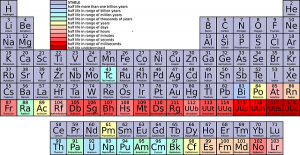
Element number 34, selenium, is an essential trace element in the body. It functions as an antioxidant, it helps to protect the heart and the blood vessels, and it is thought to help to prevent strokes and hardening of the arteries. It has a beneficial interrelationship with Coenzyme Q10.
What is the story with the trace element selenium? Are we getting enough of it in our diets? Do we need it as an antioxidant in addition to Coenzyme Q10 and vitamin C and vitamin E and the other antioxidants? And does it work together with Q10 in some mysterious way?
Quick review: Coenzyme Q10 itself is a marvelously constructed molecule. The molecule, which is fat soluble, has a benzoquinone head and, attached to the head, a tail consisting of ten isoprene units with a total of 50 carbon atoms. Accordingly, Q10 supplements have to be formulated carefully to enable a good absorption. We humans do synthesize some Q10 in nearly all of the cells of our bodies in a complicated 17-step process that involves several vitamins and minerals. And, depending on what types of food we eat, we also get some Q10 in our diets.
We know that it is difficult to ingest as much Q10 as we need on a daily basis. Moreover,
- as we are getting older
- whenever we are exerting ourselves strenuously
- if we are taking statin medications
then we are no longer producing as much Q10 as we need. Even those of us without heart disease and without much stress in our lives need a well-absorbed supplement because the body’s own production of Q10 decreases with increasing age, and it is practically impossible to get enough Q10 in our diets.
Need B vitamins to make Q10
Recently, one of my students showed me the results of a dietary analysis that she had done in her Human Nutrition class (not a class that I teach). The good news was that she was eating fewer calories than the recommended 2000 calories per day. She was happy to see that result. But, as we flipped through the pages of the dietary analysis, we could see that Robyn was also getting less than the daily prescribed minimum amounts of a number of vitamins, including all of the B vitamins, and the daily recommended amounts of various minerals, potassium and calcium in particular. And those minimum daily recommendations are not very high, to begin with.
Hmmm, I said. You have to start eating more broccoli, Robyn. And, clearly, you are a candidate for a good daily multi-vitamin. Then, I thought, if Robyn is not getting the B vitamins that she needs, her body is probably not making as much Q10 as she needs.
Q10 for energy production and for antioxidant protection
Whenever I think about which dietary supplements that I want to spend my money on, a good well-documented Coenzyme Q10 supplement tops the list. Why do I say that? Because, first of all, Q10 in its oxidized form, ubiquinone, is so vital to the cells for energy production. And, secondly, Q10, converted to its reduced form, ubiquinol, is valuable for its antioxidant activity.
Selenium an antioxidant
Selenium, a trace element, is an essential substance in our diets. We cannot synthesize it ourselves, and how much selenium we get in our diets depends on where the food was grown. In the United States, people along the East Coast and in the Pacific Northwest are getting less selenium than people in the middle of the country. Selenium functions as an antioxidant in the body. It helps to prevent the damage to our cells caused by oxidative stress.
Free radicals and oxidative stress
What do we mean when we talk about oxidative stress in the body and when we say that Q10 and selenium (and, for that matter, vitamin C and vitamin E and beta-carotene and lycopene) function as antioxidants?
We mean that in the course of living and breathing, eating and exerting ourselves, we unavoidably produce harmful free radicals as a byproduct. Producing energy and using energy is what keeps us going, but it is also what produces unstable atoms and molecules that will grab electrons from other molecules, making these molecules unstable and aggressive in turn. These newly unstable molecules will seize electrons from yet other molecules, and the process will turn into a chain reaction that can wreak havoc on the cells before it plays itself out.
Oxidative stress and aging
The damage caused by these free radicals is called oxidative stress. This damage has been associated with aging and with the degenerative diseases that come with aging: heart disease, cancer, dementia, neuro-degenerative diseases, and others.
You know this by now. Needing to defend your cells and tissues against this sort of degeneration is the reason that you eat foods with bright colors: blueberries, raspberries, tomatoes, carrots, broccoli, etc.
Identity theft in the cells committed by free radicals
Free radicals are committing a sort of identity theft on your cells. They are stealing electrons from nearby molecules. You need to take precautions against these very reactive and harmful free radicals. One of your best defenses is to have antioxidants available to donate electrons to the free radicals before the free radicals can set off the chain reactions that are so damaging to the cells.
Swedish study of Q10 and selenium interrelationship
That is what Q10 and selenium and the other antioxidants mentioned above do in the body. Now, Professor Urban Alehagen, Department of Cardiology, Linköping University Hospital in Sweden and his group of researchers have shown in gold-standard study – a randomized, double-blind, placebo-controlled clinical trial of healthy elderly Swedish citizens – that there is a beneficial interaction between the two antioxidants Q10 and selenium (3).
The healthy elderly Swedish citizens, aged 70 to 88 years, took either realistic looking placebos or a treatment combination of a Q10 supplement with the Q10 dissolved in vegetable oil in a soft gelatin capsule and an organic selenium yeast tablet. The people in the treatment group got 200 milligrams of Q10 and 200 micrograms of selenium per day for a period of five years (1).
Fewer cardiovascular deaths with Q10/selenium combination
Compared to placebo, the Q10/Selenium combination reduced the number of cardiovascular deaths significantly, contributed to better heart function as seen on echocardiograms, and resulted in a lower concentration of the biomarker NT-proBNP. The Swedish researchers interpret the lower concentration of NT-proBNP as a sign of lesser tension in the walls of the heart muscle (2).
An earlier study by Swedish researchers at the Karolinska Institute in Stockholm had already demonstrated that the selenoprotein thioredoxin reductase reduces ubiquinone. The primary purpose of the enzyme thioredoxin reductase is to facilitate the reduction of thioredoxins, which act, themselves, as antioxidants (4).
Q10 quenching free radicals
But the Swedish study showed that thioredoxin reductase also reduces ubiquinone, i.e. it enables Q10 in the form of ubiquinone to take on electrons and become the reduced form of Q10 called ubiquinol. In the form of ubiquinol, Q10 is ready to donate electrons to free radicals and thus quench the free radicals.
The work done by the Swedish researchers at the Karolinska Institute was published in the Journal of Biological Chemistry. It provides one theoretical explanation for the efficacy of combined supplementation with selenium and ubiquinone in providing protection for the cells against oxidative damage.
Summing up: Q10 and selenium
We know that most of us cannot synthesize and ingest as much Q10 as we need. It fulfills two vitally important functions: energy production and antioxidant defense. Selenium is a trace element that we cannot produce in our bodies and that many of us do not get quite enough of in our diets. It helps to protect against heart disease and stroke, and there is also evidence to suggest that it protects against certain forms of cancer, notably prostate cancer. Together, Q10 and selenium have an interrelationship that increases the benefit of taking just the one or the other alone.
Sources:
- Alehagen, U., Johansson, P., Björnstedt, M., Rosén, A., & Dahlström, U. (2013). Cardiovascular mortality and N-terminal-proBNP reduced after combined selenium and coenzyme Q10 supplementation: a 5-year prospective randomized double-blind placebo-controlled trial among elderly Swedish citizens. International Journal Of Cardiology, 167(5), 1860-1866. doi:10.1016/j.ijcard.2012.04.156
- Johansson, P., Dahlström, Ö., Dahlström, U., & Alehagen, U. (2013). Effect of selenium and Q10 on the cardiac biomarker NT-proBNP. Scandinavian Cardiovascular Journal: SCJ, 47(5), 281-288. doi:10.3109/14017431.2013.820838
- Alehagen, U., & Aaseth, J. (2014). Selenium and coenzyme Q10 interrelationship in cardiovascular diseases – A clinician’s point of view. Journal Of Trace Elements In Medicine And Biology: Organ Of The Society For Minerals And Trace Elements (GMS), doi:10.1016/j.jtemb.2014.11.006
- Xia, L., Nordman, T., Olsson, J. M., Damdimopoulos, A., Björkhem-Bergman, L., Nalvarte, I., & … Björnstedt, M. (2003). The mammalian cytosolic selenoenzyme thioredoxin reductase reduces ubiquinone. A novel mechanism for defense against oxidative stress. The Journal Of Biological Chemistry, 278(4), 2141-2146.


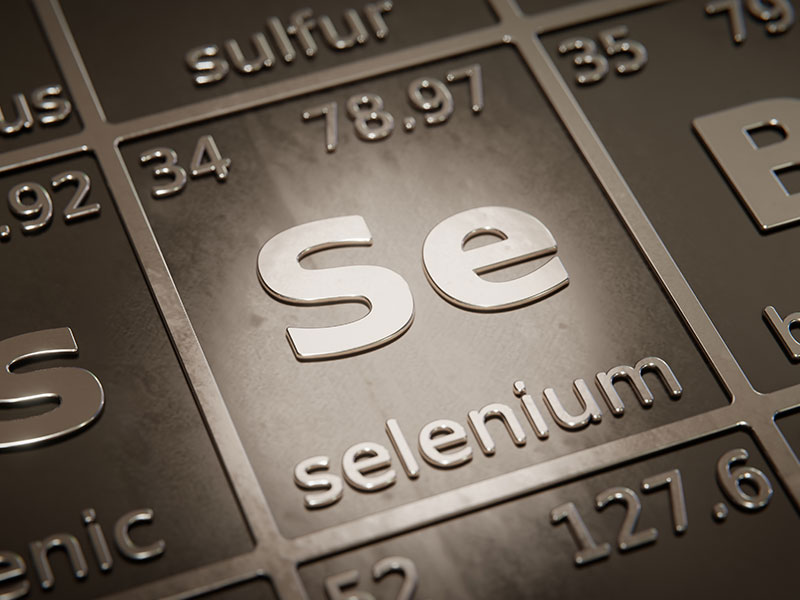
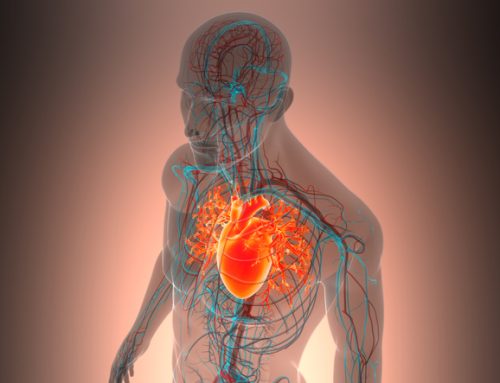


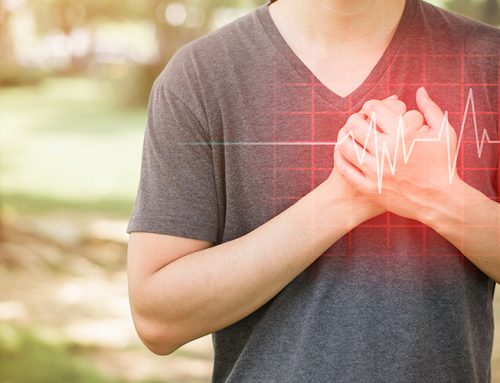
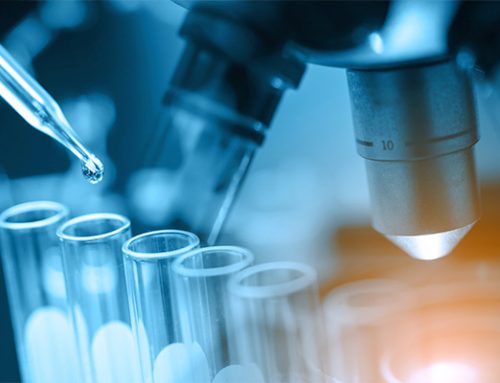

Very interesting article.I thought coq10 was a product that would work well on its own.This is the firdt time i am learning that its function is enhancred by b vitamins and selenium.Great article.
Jennifer,
I am reading a very interesting book: Mitochondria and the Future of Medicine by a Canadian naturopathic doctor named Lee Know.
Dr. Know writes extensively about the importance of Coenzyme Q10 in cellular bio-energetics.
Thank you,
Richard